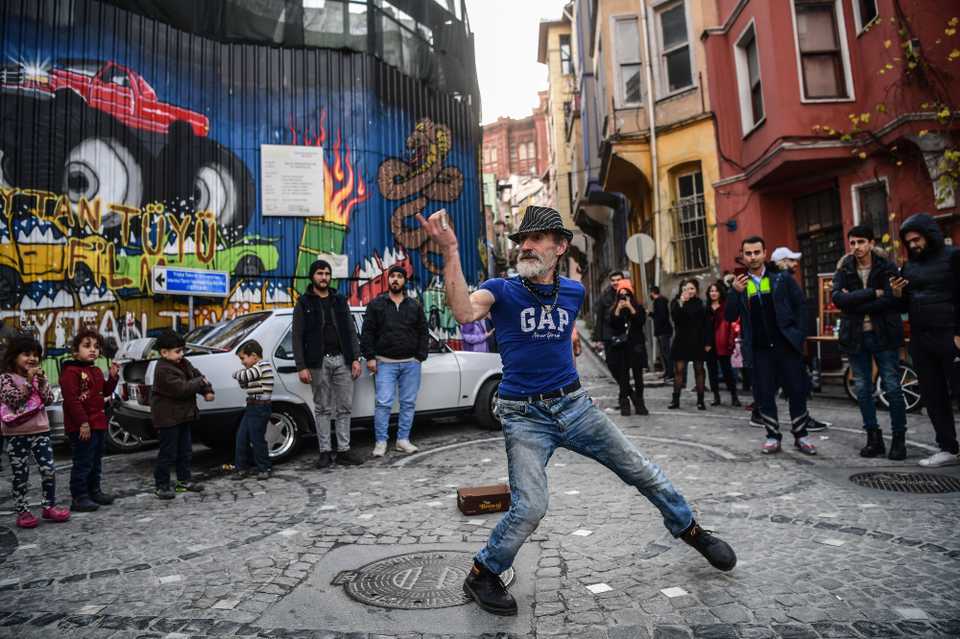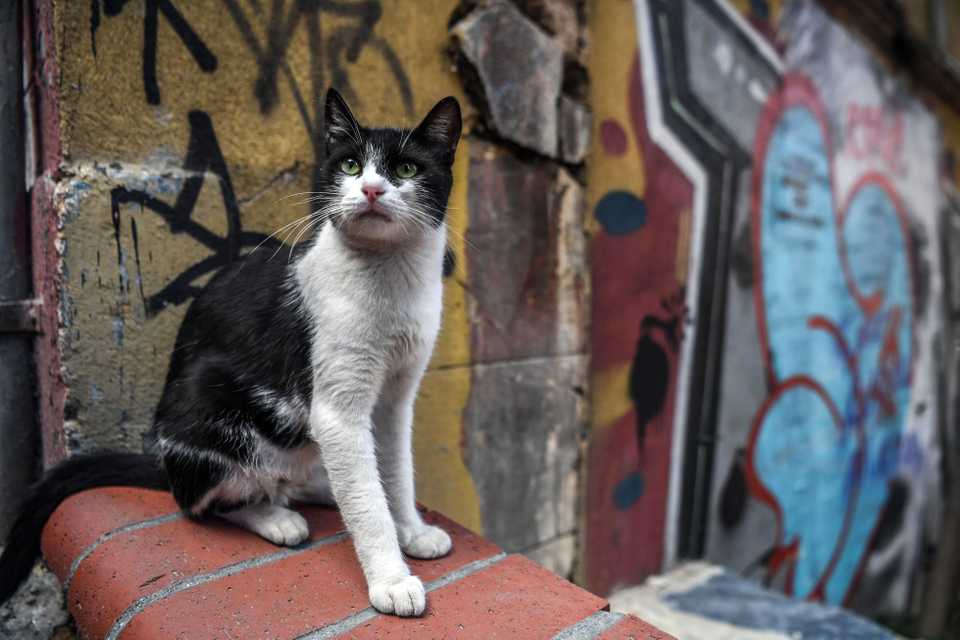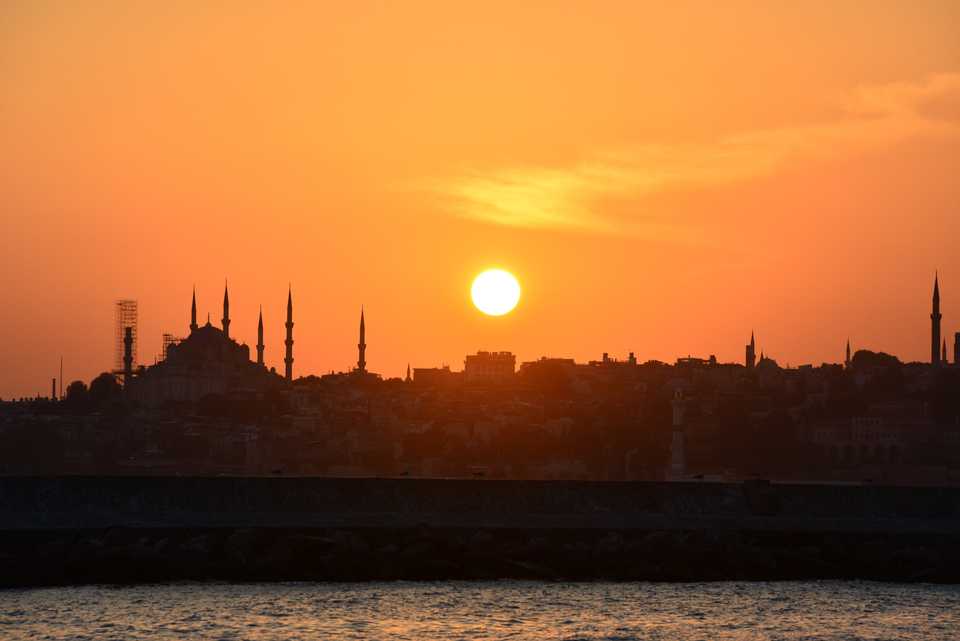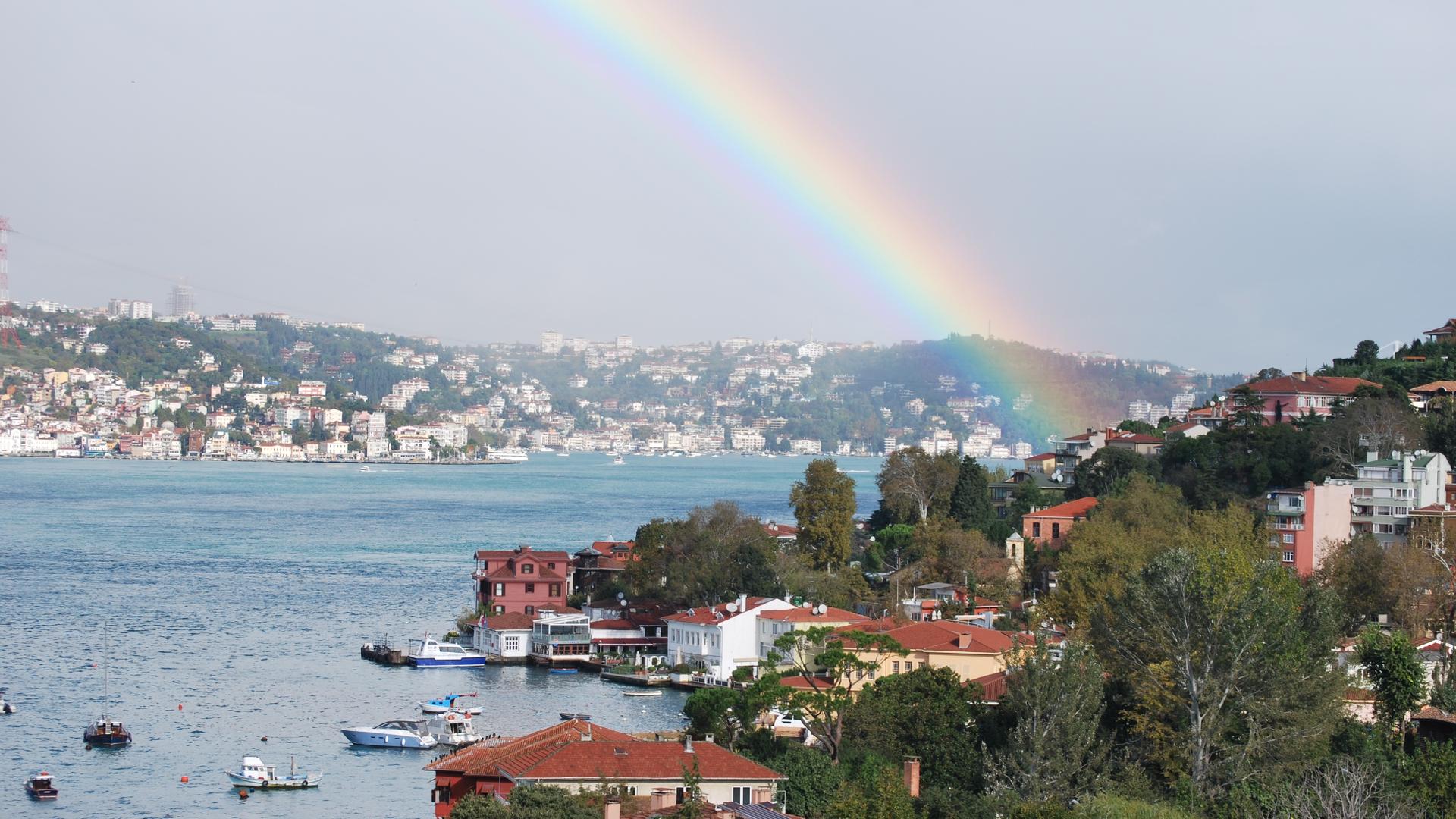While Istanbul’s most loyal visitors often pride themselves on having intimate knowledge of this vast city, the going list – Taksim, Sultanahmet, and for the more seasoned, Suleimanieh, Eminonu and Uskudar – leaves much to be desired.
The sheer size of the city can perhaps be blamed on ignorance of its more authentic corners in much the same way tourists to London are oblivious to rustic, quintessentially English neighborhoods such as Richmond and Hampstead.
Still, the fact that Istanbul remains the most visited city among Arabs, for instance, makes tackling such oversights long overdue.
Here are some places that will no doubt pleasantly surprise the world’s wanderers:
Cengelkoy
Distinguished by wooden-style mansions overlooking Istanbul’s waters (some restored and others waiting redevelopment), this little-known neighbourhood near Uskudar on the Asian side offers visitors a distinct flavor of its own.
Where other parts of Istanbul have become metropolitan, urbanized hubs, this area’s friendly people still have a closely-knit community. Some would argue that Cengelkoy is one of the most picturesque villages to have graced Istanbul’s shores.
Wander across the district’s main area for the local fish and vegetable markets and get a glimpse of the district’s most iconic houses. Despite its strong local imprint, residents from other neighborhoods flock to the area during the weekend.
Like in Cihangir, visitors can also find a tea garden (only this time, under a gigantic, municipality-protected tree with a branch that is more than 10 metres long).
Boats can be seen docking at the pier throughout the day, often with avid fishing fans on board.

Cihangir
This colorful neighborhood, ironically not far from Taksim, is brimming with expats. Its vintage buildings give it a flagrant time warp feel.
The alleyways of this famous Beyoglu neighborhood are overlooked by greenery and inundated with colorful houses, cafes and other authentic boutiques, while some of its upper streets offer breathtaking vantage points to the city’s waters and mosque-laden landscapes.
Concrete blocks are periodically placed on the streets to stop the hustle and bustle of Istanbul from disturbing the neighborhood’s picturesque quality.
The area is named after the son of Suleiman the Magnificent, the longest ruling sultan of the Ottoman era. The local mosque, which was built in his honor, happens to offer arguably the best views of the Bosphorus.
With several galleries dotting its streets, Cihangir gradually became home to expatriates who couldn’t afford to live in other European strongholds. The area is also home to several museums, including the Orhan Kemal Museum, a famous Turkish literary authority, and a famous tea garden that hosts readers, artists and actors around the clock.
The chic, yet hippy, neighborhood has a rampant night life for the young and restless and the upscale 5. Kat terrace also offers extensive views of the Bosphorus and international cuisine.
Fatih, Balat and Fener
Despite claims to seasoned travel, a great many Istanbul lovers are more likely than not to have never heard of any of these districts. In fact, less than a single percent of the city’s yearly tourists visit them (despite them making UNESCO status).
Naturally, history advocates will insist that getting to know their alleyways is tantamount to truly fathoming the city’s rich history, not least because different ethnic and religious groups have co-existed here centuries, resulting in an amalgam of color, structures and flavors yet to be seen elsewhere in Istanbul.
One reason that this area, located near the bustling Eminonu area, is seldom visited may be the fact that it is a little ‘too local’ (some corners are slums) and thus, daunting for non-Turkish-speaking wanderers.
The three districts lie within the fort walls of the old city and offer an impressive vantage point over the Golden Horn, or Halic, Istanbul’s primary gateway to the Bosphorus.
At the heart of Fatih lies a culinary open-air market offering cuisine made by ethnic Turks from other regions, something other tourist areas have yet to offer.
Avid travellers may also be surprised to learn that Fatih is also home to the city’s second largest ex-Byzantine monastery after the famous Aya Sofia, which has since been re-established as a mosque in a district that is home to Ottoman-style houses that are more than two centuries old.
Between Fatih and Fener also lies Fethiyeh Camii, which, similar to the Aya Sofia, boasts a half-mosque, half-museum dimension.
Fener, meanwhile, is home to a steep, colorful and historic Greek district. The narrow alleyways bear witness to some of Istanbul’s extensive interactions, from traders to priests and from conquest pioneers to gypsies. Indeed, its houses come in multiple peculiar shapes and shades that tell tales of a multi-ethnic past.
Walk up the district’s cobblestone, picturesque staircase and you’ll get a glimpse of the ancient walls of the Roman Empire and a charming 13th century church, which will teach visitors of the fact that this seldom-visited hub is one of the most important landmarks of the Christian empire, rivalling the likes of Jerusalem. Its most significant site, the Greek Orthodox College, sits atop a hill.

Balat, formerly the area’s former Jewish quarter, bore witness to both the Byzantine and Ottoman eras.
Due to a mass exodus of its population, first following an earthquake at the turn of the 20th century and then in the 1960s, the area went from being home to elite traders to resident expats on lower incomes.
It was only recently that the area came under UNESCO-sponsored restoration initiatives.
The district also offers panoramic views of the Golden Horn and harbors a synagogue (which can nevertheless only be visited in the mornings on weekdays) built more than 500 years ago.
Karakoy and Tophane
For another Beyoglu neighborhood that is brimming with color and culture, head to Karakoy (for at least half a day).
The area’s historic landmarks, many of which are being restored, are tucked away in narrow alleyways that would only be discovered if avid Galata Tower fans chance to wander inland away from the water.
The area served as a commercial hub for the Roman Empire, which explains its Italian feel and the fact that it was Europe’s largest port at one point. Crucifixes and other symbols of ancient churches and synagogues can be seen behind its boutique and art gallery-laden alleyways.
On Karakoy’s outskirts, you will find the Istanbul Museum of Modern Art, or simply Istanbul Modern, the city’s very first internationally renowned art gallery.

The alleyways were recently made all the more colourful through the introduction of street art, which was welcomed by some shop owners as the area forged a new niche for itself.
Further up the cobbled path, wanderers will find themselves in Tophane, which served as the arsenal hub for the Ottoman Empire after its rulers took Constantinople from the Romans.
As such, visitors will see several Ottoman-era mosques in the area, including a complex with a recently renovated 16th century Turkish bath that is arguably one of the most attractive in the city. Despite its conservative dimension, small artsy shops have slowly opened over the years next to kiosks owned by local tradesmen.

Kadikoy
While tourists have become rather well-acquainted with the ferry ride from Eminonu to Uskudar (and the famous lighthouse it harbors), seldom do they spend an entire day on the Asian side discovering the markets and synchronised parks of Kadikoy, a 45-minute walk from the Uskudar vantage point.
Its fish market is abuzz with bargainers all seven days of the week and fresh vegetable produce hangs from the kiosks dotting the area.
Like Karakoy and Cihangir, boutiques and hip eateries are up and coming even here, and yet visitors can enjoy a very local feel on any day of the week thanks to the fact that many don’t cross over to this side of the Bosphorus.
Kadikoy in many ways has the best of both worlds, not least because of the spectacular views it offers of the Sultanahmet skyline.
At a measly $7, a Turkish bath at Kadikoy’s Aziziye Hamam, or any hamam for that matter, seems a must.










Discussion about this post